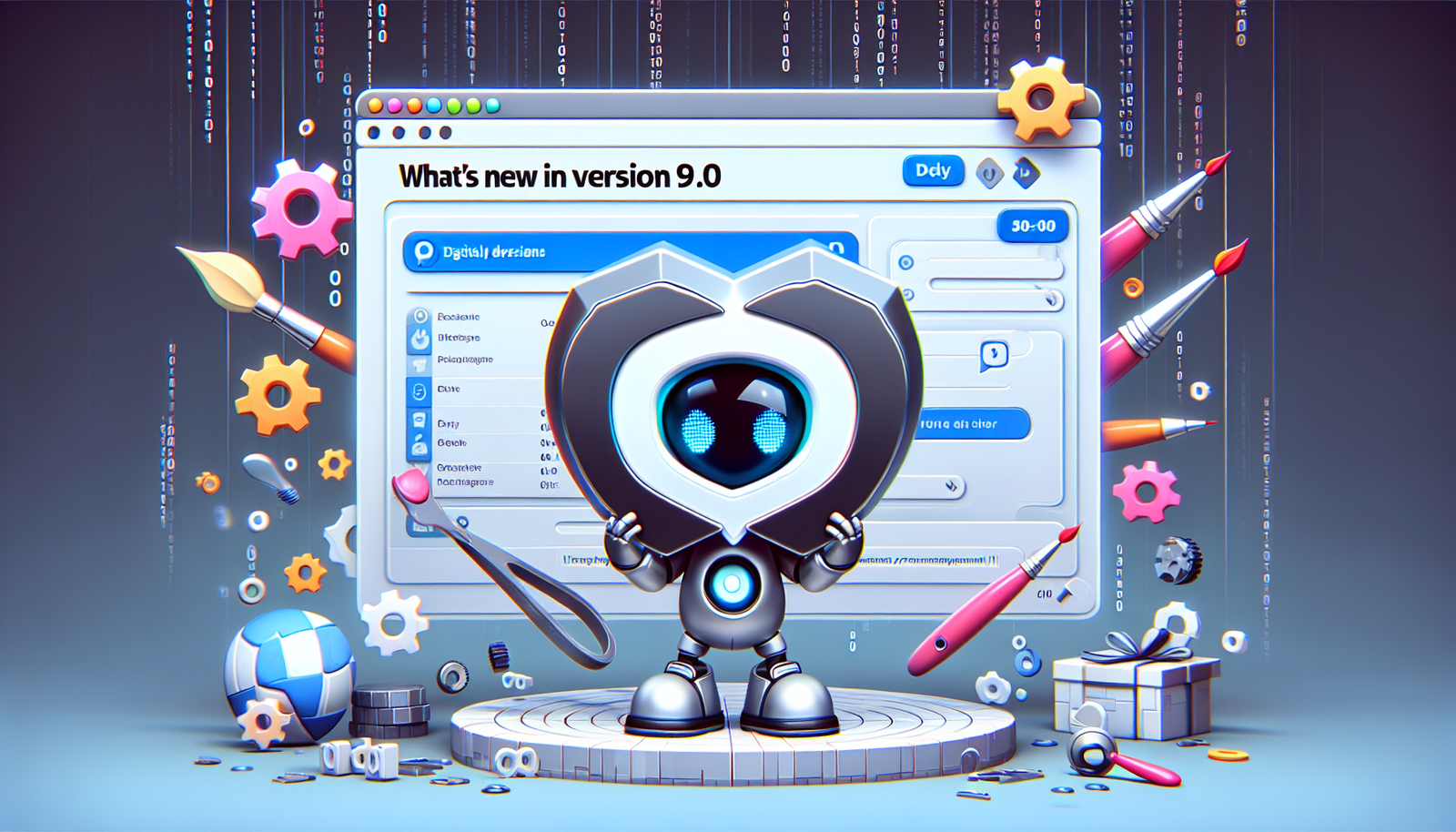Ars Technica Unveils Major Site Redesign: What’s New in Version 9.0
Ars Technica, now in its 26th year, has undergone its ninth significant redesign. In a recent announcement, Editor-in-Chief Ken Fisher outlined the enhancements made to improve user experience, performance, and accessibility. This latest version, 9.0, leverages reader feedback and aims to provide a more fluid reading experience across devices.
Key Features of the New Design
Unified Responsive Design
One of the standout features of the redesign is the transition to a fully responsive design. This change means that, regardless of whether users access the site from desktops or mobile devices, they will experience consistent functionality and layout. Fisher emphasized that this unification aims to correct past complications resulting from separate code bases for different devices.
Enhanced Readability
The site now boasts a larger default text size, catering especially to older readers and mobile users. This decision aligns with the broader trend across many websites, aiming to enhance readability and user comfort. Readers can adjust the text size to fit their preferences.
New Viewing Options for Subscribers
Subscribers now have four options to control how they engage with content on the site:
- Classic View: An old-school, subscriber-only format displaying the opening paragraphs of every story for easy selection.
- Grid View: The new default setting that presents stories with a layered hierarchy while retaining a mostly reverse-chronological order.
- List View: A straightforward reverse chronological list for users who prefer minimalism.
- Neutron Star View: The densest, text-focused interface designed for power users, offering rapid navigation without extra content clutter.
“Most Read” Section
A notable addition is the “Most Read” box, showcasing trending stories updated in real-time, allowing readers to grasp current popular topics quickly. Subscribers can customize this feature to focus on specific content categories, such as technology or culture.
Topic Hiding Feature
Responding to user feedback, the ability to hide topics of disinterest has been introduced as a new subscriber perk. This feature allows users to customize their reading experience further by filtering out content they find less relevant.
Continued Commitment to Improvement
Fisher has expressed gratitude for the readership and their input during the redesign process. He acknowledged the inevitable challenges that come with launching a new site layout, urging users to report any bugs or issues encountered. The editorial team remains committed to refining the experience based on user interactions.
Conclusion
Ars Technica’s redesign marks a significant stride towards enhancing user engagement and optimizing content presentation. With responsive design, improved readability, and customizable viewing options, the site aims to deliver a modern, user-centric digital experience. As they continue to evolve, Ars Technica invites feedback to ensure that it remains a trusted source of technology news and analysis for its audience.

